Gaming phones are increasingly becoming more and more common, with ASUS, Razer, and Xiaomi offering devices tailored to this category. The first Black Shark device was unveiled last April, followed by the Black Shark Helo in November, and Black Shark 2 earlier this year.
There's a lot to like in the Black Shark 2: the device has bold styling that will immediately appeal to gamers, backed by top-notch hardware and optimizations to touch latency that make interactions ultra-smooth. And like all gaming phones in the market today, the Black Shark 2 comes with a set of accessories: a custom case with two controllers that attach on either side, and a gamepad.
The Black Shark 2 made its debut in China back in March, and the device was launched in India in June. The company has already announced a Black Shark 2 Pro that comes with a 90Hz display and Snapdragon 855+, but that particular model isn't coming to global markets until later in the year. Even with the Black Shark 2 Pro on the horizon, the standard Black Shark 2 is an interesting device to consider as it's likely to be discounted once the Pro model comes along.
The Good
- Aggressive design
- Incredible performance
- Two-day battery life
- Vibrant OLED panel
- Stereo sound
- Clean software interface
The Bad
- No 3.5mm jack
- No water resistance
About this review
I am writing this review after using the Black Shark 2 for over a month in Hyderabad, India. The phone was connected to Jio's 4G network throughout the review period, and received one update with bug fixes.
Black Shark 2 Hardware

Phone design has plateaued in the last two years, with most devices in the market today sporting the same metal-and-glass designs. Don't get me wrong; I like the gradient patterns on the P30 Pro and the Redmi K20 Pro, but the overall aesthetic is largely unchanged across most mainstream devices.
Get the latest news from Android Central, your trusted companion in the world of Android
That's not the case on the gaming side of things. Manufacturers are continuing to experiment with interesting new designs and materials, and the Black Shark 2 immediately stands out as a gaming phone. it has RGB LEDs at the back, and two RGB LED bands running along the sides as well. They light up for notifications, incoming calls, and when charging the device, and you can configure the lighting effects and change the color of the LEDs from the settings.
There's a lot going on at the back: you get a reflective green accent running around the edges of the device, with a thick metal band in the middle breaking up the glass design. The metal is anodized — which gives it a matte finish — and the overall look is pretty distinctive. The two camera modules — a 48MP primary sensor joined by a 12MP module — are arrayed vertically, and there's a flash module underneath. The anodized finish makes it easier to hold the phone, but you're still better off using the device with a case.




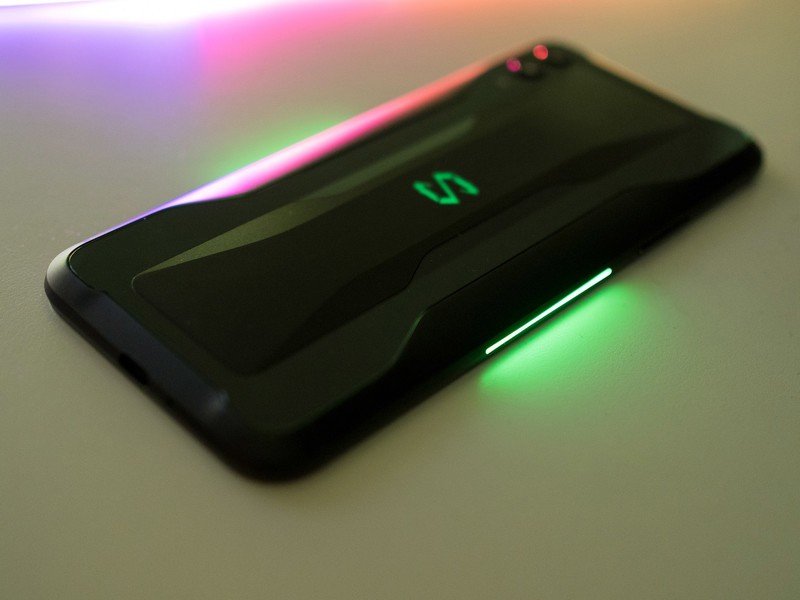
The volume rocker is to the left of the device, with the right featuring the power button and the Shark Key toggle. There are stereo speakers up front, and they get loud. There's little to no distortion even at high volumes, and the sound itself is balanced. You'll find the USB-C port at the bottom, but the device misses out on a 3.5mm jack. You do get stereo speakers that sound fantastic, an in-display fingerprint sensor, and there's a 20MP front camera tucked inside the top bezel. The in-screen fingerprint module is just as fast as the one on the Xiaomi Mi 9.
There's no 90Hz display, but the Black Shark 2 more than makes up for it with its ultra-responsive panel.
One of the key changes on the Black Shark 2 is the AMOLED display. The 6.39-inch screen sports FHD+ (2340x1080) resolution and not QHD, but more egregious omission is lack of high refresh rate. The Black Shark 2 has the same 60Hz panel as most devices in the market today, and not one with 90Hz or 120Hz. The company mentioned that adding high refresh rate to an AMOLED screen would have increased the cost of the device considerably, so it instead chose to make optimizations to touch latency.
With 240Hz touch polling and a touch latency of just 43.5ms — the lowest on any phone today — the Black Shark 2 is responsive like no other device. That difference is immediately noticeable when playing a game or even mundane day-to-day tasks, and makes the Black Shark 2 stand out. I'm okay with the fact that the device has a 60Hz refresh rate — there aren't all that many games that let you play at 90Hz or 120Hz anyway — and the optimizations to the latency make the Black Shark 2 a fantastic gaming phone.
Another differentiator for the device is the pressure-sensitive display, allowing you to assign different pressure levels to two zones on either sides of the screen. It's a nifty feature if you play a lot of FPS shooters like PUBG. Oh, and the vibration motor is excellent as well.
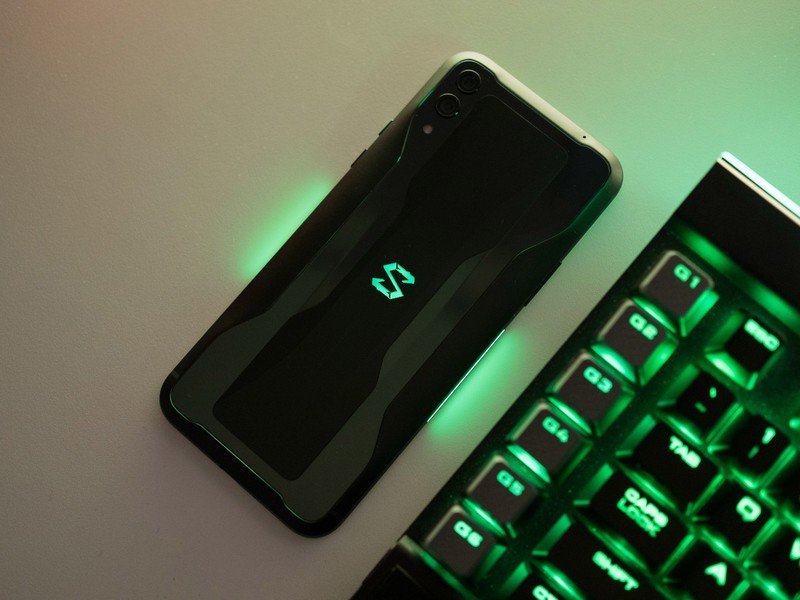
On the hardware side of things, you get a Snapdragon 855 with up to 12GB of RAM. As you'd imagine from a device that's aimed at gamers, the Black Shark 2 absolutely blazes through day-to-day tasks, and also holds its own when it comes to playing intensive games. You'll be able to play the likes of PUBG and Fortnite with all the settings maxed out, and because of the unique thermal management system, there's no throttling whatsoever.
On the subject of throttling, the Black Shark 2 has multi-level thermal management, with a cooling plate covering all the major components. Black Shark says this is the first time this technology has been used in a phone, and the goal is to sustain the peak performance for longer. And after using the phone for a month, that is indeed the case.
Another area where the device does well is battery life. With a 4000mAh battery under the hood, you'll easily get over a day's worth of use even with heavy usage. There wasn't a single instance where the battery ran out before the end of the day — I routinely got over seven hours of screen-on-time — and the phone comes with a 27W charger. Going from flat to 60% takes just over half an hour, with a full charge taking just over 90 minutes.
The Black Shark 2 is solid in two variants: 8GB of RAM and 128GB of storage, and 12GB of RAM with 256GB of storage. There's no microSD card slot on the device — which isn't a big deal as you get 128GB of storage — but the lack of a 3.5mm jack is annoying, particularly when you consider the device is aimed at gamers.
Black Shark 2 Software

Unlike most other manufacturers, Black Shark isn't peddling a heavily customized user interface with garish design elements. You instead get a clean build that's as close to pure Android as you'll find on any gaming phone in the market today, with new gaming-focused additions like Shark Space and additional settings for the RGB lighting.
Shark Space effectively acts as a game launcher, listing all the games installed on your phone. It disables all incoming notifications and calls, clears the memory, providing a distraction-free gaming experience. You'll also be able to configure settings for the gamepad from Shark Space, with the accessory connecting to the device over Bluetooth.
Gamer Studio gives you fine-tuned control over hardware like no other device in the market.
While Shark Space acts as a hub for all your games, Gamer Studio lets you customize a whole host of actions when you're playing a game. You can pull up Gamer Studio with a swipe down gesture from the top right corner, and you get a wealth of customization options — everything from toggling notifications and calls, a real-time dashboard that shows the framerate and thermal levels, and so much more.
There's even a Ludicrous Mode that disables all throttling and turns up the CPU and GPU to their peak frequencies. The device does get noticeably hot when using Ludicrous Mode, and you don't really need it as most games run at 60fps by default anyway. But if you want all the resources turned up to the max, Ludicrous Mode is the way to go.
Elsewhere, the notification shade, overview menu, and quick toggles are unchanged from pure Android, but you get green accents instead of the default blue. There's no bloatware to be found anywhere, and overall the software experience is a delight.
Black Shark 2 Camera
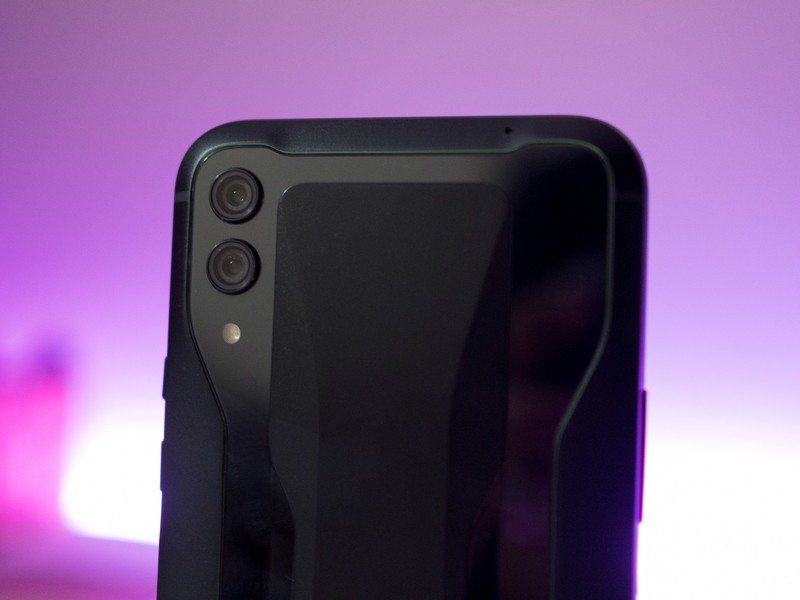
The Black Shark 2 has the same 48MP Sony IMX586 sensor as the Mi 9, joined by a 20MP zoom lens and a 20MP shooter up front. In addition to the optics being unchanged from the Mi 9, Black Shark also uses MIUI's camera app, meaning the camera interface will be immediately familiar if you've used a Xiaomi phone in the past. You swipe left and right to switch modes, and there are toggles for flash, HDR, real-time filters, and more.
That said, there's no night mode or OIS, and unlike most Xiaomi phones that have the 48MP sensor, there's no way to shoot at full-resolution. Images by default are binned to 12MP, and when it comes to video recording, you're limited to 30fps, even at 720p.
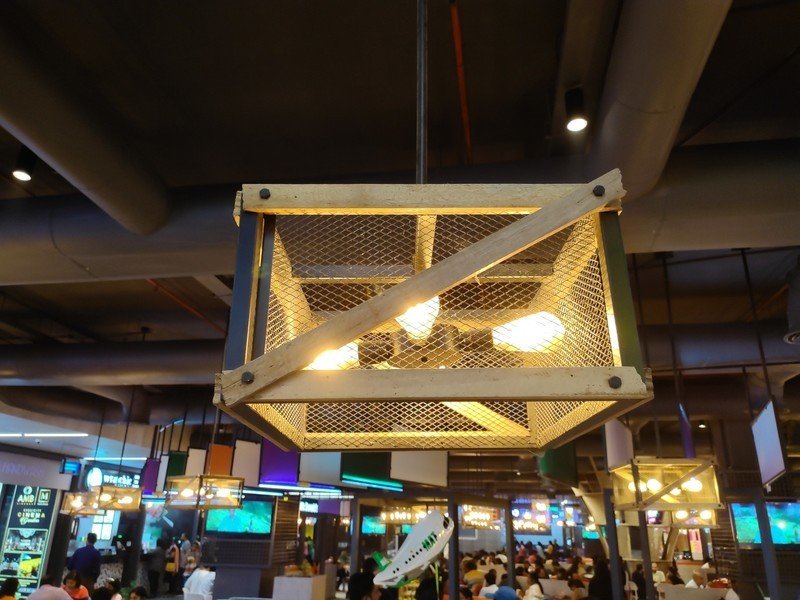

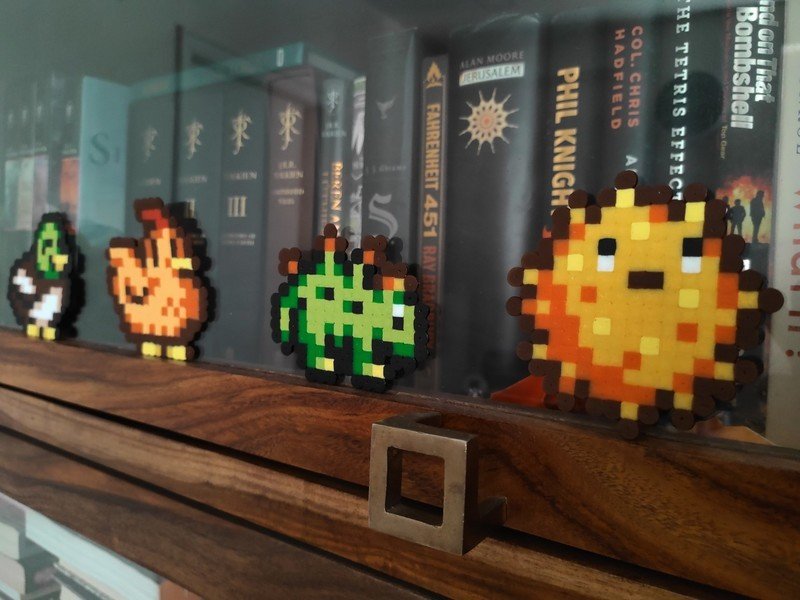
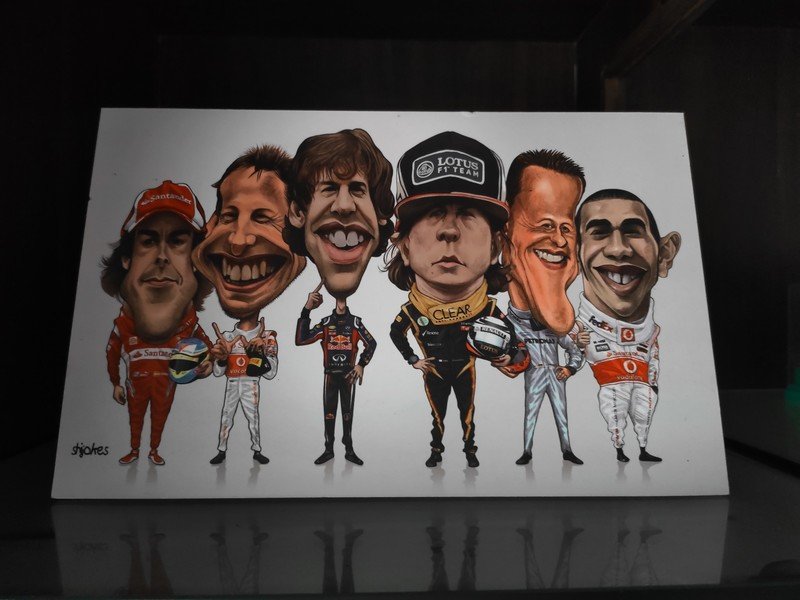

Photos taken at daylight have plenty of detail and great dynamic range, but they tend to be oversaturated at times. Image quality suffers in low-light scenarios, with a lot of noise and muddled colors.
Black Shark 2 Bottom line

Why do you need a gaming phone when devices like the Redmi K20 Pro offer the Snapdragon 855 for under $400? That's the question Black Shark is trying to address. While the Black Shark 2 has the same chipset as other devices in this segment, the extra features give it an edge — and if you're in the market for a gaming phone, that ends up making all the difference.
Everything about the Black Shark 2 is designed to deliver the best possible gaming experience.
The pressure-sensitive panel is a great addition that makes it more convenient to assign in-game actions to a part of the screen. The low touch latency means you get that infinitesimal advantage in titles like PUBG, which may turn out to be pivotal. Everything about the device is designed to deliver the best possible gaming experience: the thermal management ensures the chipset isn't throttled, the 4000mAh battery is enough for an entire day's worth of gaming, and the front stereo speakers sound great.
Sure, the camera isn't great for a device that almost costs $600, but you're buying this phone for the gaming chops. And when it comes to that, the Black Shark 2 delivers in spades.
4 out of 5
There are a lot of great options available if you're in the market for a gaming phone. Nubia's Red Magic 3 is the obvious contender, as that device also shares a lot of the same hardware with a 90Hz panel and 5000mAh battery for ₹35,999 ($505), but the software experience leaves a lot to be desired.

This one goes to eleven.
The Black Shark 2 has all the bells and whistles you'd expect from a gaming phone: LED lighting, top-notch hardware, a gaming mode with granular customization options, and a massive battery that lets you play all day. The screen has pressure-sensitive zones with assignable actions, the 43.5ms touch latency is one of the lowest on any phone today, and you get a clean software with no bloatware.

Harish Jonnalagadda is Android Central's Senior Editor overseeing mobile coverage. In his current role, he leads the site's coverage of Chinese phone brands, networking products, and AV gear. He has been testing phones for over a decade, and has extensive experience in mobile hardware and the global semiconductor industry. Contact him on Twitter at @chunkynerd.

